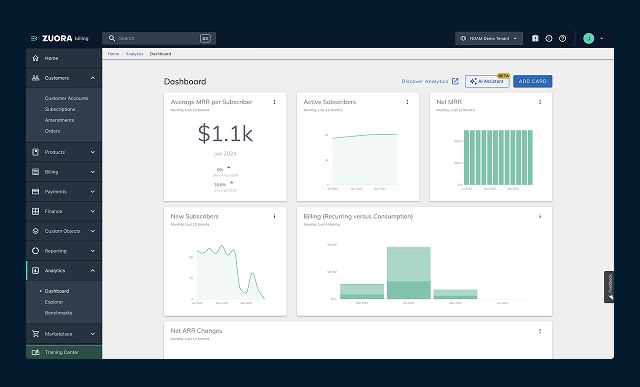Users plug in. Every working day of our lives (and indeed on many leisure days in this post-pandemic work-from-home reality), users plug in to the Internet and draw down its data-rich content and services to run teams, departments, businesses or the family shopping list requirement.
But although we rely so heavily on the Internet and all it brings us in terms of information connectivity, we sometimes fail to champion the software engineers analyzing the pipes and conduits of the web. The unsung heroes of this story are of course the Site Reliability Engineers (SREs) who all play such a fundamental role in keep our always-on existence truly always on.
The Internet Resilience Company™
Keen to champion the requirements of SREs and provide these [web] service heroes with the tools they need to analyze and manage our online services is Catchpoint, The Internet Resilience Company™.
This year has seen the firm announce the release of its annual Site Reliability Engineering (SRE) report for 2024. The study draws from the expertise and insights of more than 400 professionals from the global IT community, including a diverse array of reliability practitioners, IT managers, software architects and business executives. The report highlights the critical and continued role of SRE as a community of practice for enterprises to deliver and monitor digital services and applications.
Catalyzing connectivity conversations
Now in its sixth year, Catchpoint’s 2024 SRE Report is said to be considered as the trusted resource for catalyzing business conversations and infusing IT practitioner experiences into professional research. As digital transformations accelerate with new technologies and platforms, SRE stands as the foundational pillar supporting these dynamic business ecosystems.
“With exponential growth in digital services year-over-year, reliability doesn’t just remain essential; it’s a paramount feature of any system,” said Mehdi Daoudi, CEO and co-founder of Catchpoint. “Our report findings demonstrate the importance of SRE’s foundational role in enterprises and how practitioners are evolving their mindsets and business practices in new ways for optimized control and visibility.”
The report suggested a notable trend: the shifting of responsibilities across traditional control boundaries becoming normal, creating new business opportunities for speed and innovation. Key findings from the report included analysis saying that 64% of people questioned agree that monitoring productivity or experience-disruption endpoints – even if outside their control purview – is required: this (says Catchpoint) showcases paradigm shift in how reliability practitioners now think about visibility.
Learning from incidents
Around half of technical and business start questioned (47%) say learning from incidents (sometimes initialized as LFI) has the most room for improvement in overall incident management activities. Some 53% said AI will ‘make my work easier’ and [only] 4% felt AI ‘will replace them’: explores how this perspective varies by organizational rank.
Other stats to enjoy here include a measure which suggests that 24% of organizations have breached a contractual service level agreement in the last 12 months, as many as 81% of organizations have two or more types of telemetry feeding their observability frameworks and 43% have four or more: confronts the fallacy of single tools being able to provide visibility for all stacks.
“I have huge pride in the momentum we’ve generated and the resounding affirmation from our customers that IPM stands as the cornerstone for significantly reducing MTTR, elevating customer experiences and fortifying internet resilience,” said Catchpoint CEO Daoudi. “It’s an honor to serve as the trusted choice for 13 out of the top 20 global brands, safeguarding and fostering the growth of their businesses.”
Has the era of the SRE really come of age?
Many in this space will argue that if it hasn’t, then it should.
“Companies that don’t invest in IPM are vulnerable to huge financial losses as service disruptions drive away customers and employees.” Forrester Opportunity Snapshot, March 2023.
Analyst affirmations
Catchpoint’s IPM Platform was highlighted in multiple leading analyst reports, including Forrester and GigaOm.
Catchpoint has expanded its Global Observability Network, adding over 60 nodes across various regions, increasing its total network vantage points to 2600+ and BGP peers to 1430 BGP across 447 ASNs. Catchpoint received a patent on BGP Hijack detection, reinforcing its leadership in preventing BGP incidents. This stuff is real, go and hug your SRE… or at least find out who they are and learn their name or names.






